Cooking oils are a staple of any kitchen pantry. Whether you are baking up a batch of homemade cookies or cooking up some roasted vegetables, there is pretty much a cooking oil to satisfy all of your culinary needs. But do you know which cooking oil is best for you and all of your recipes?
Every oil can have a place and space in your arsenal of baked goods and cooking creations. Whether it is a cooking method, flavour, or smoke point, each oil serves a specific purpose.
Learning about smoke points is a great first step in distinguishing oils. The smoke point is the temperature when oil begins to break down, which causes the liquid to degrade and oxidise, ultimately producing toxins and a bitter taste, as well as depleting nutrients. The smoke point can vary depending on how refined the oil is and how fresh it is.
To make an informed decision when it comes to choosing the correct cooking oil for you, scroll on for our quick guide to picking which cooking oil best suits your whatever cooking technique you’re using to achieve all those tasty recipes.
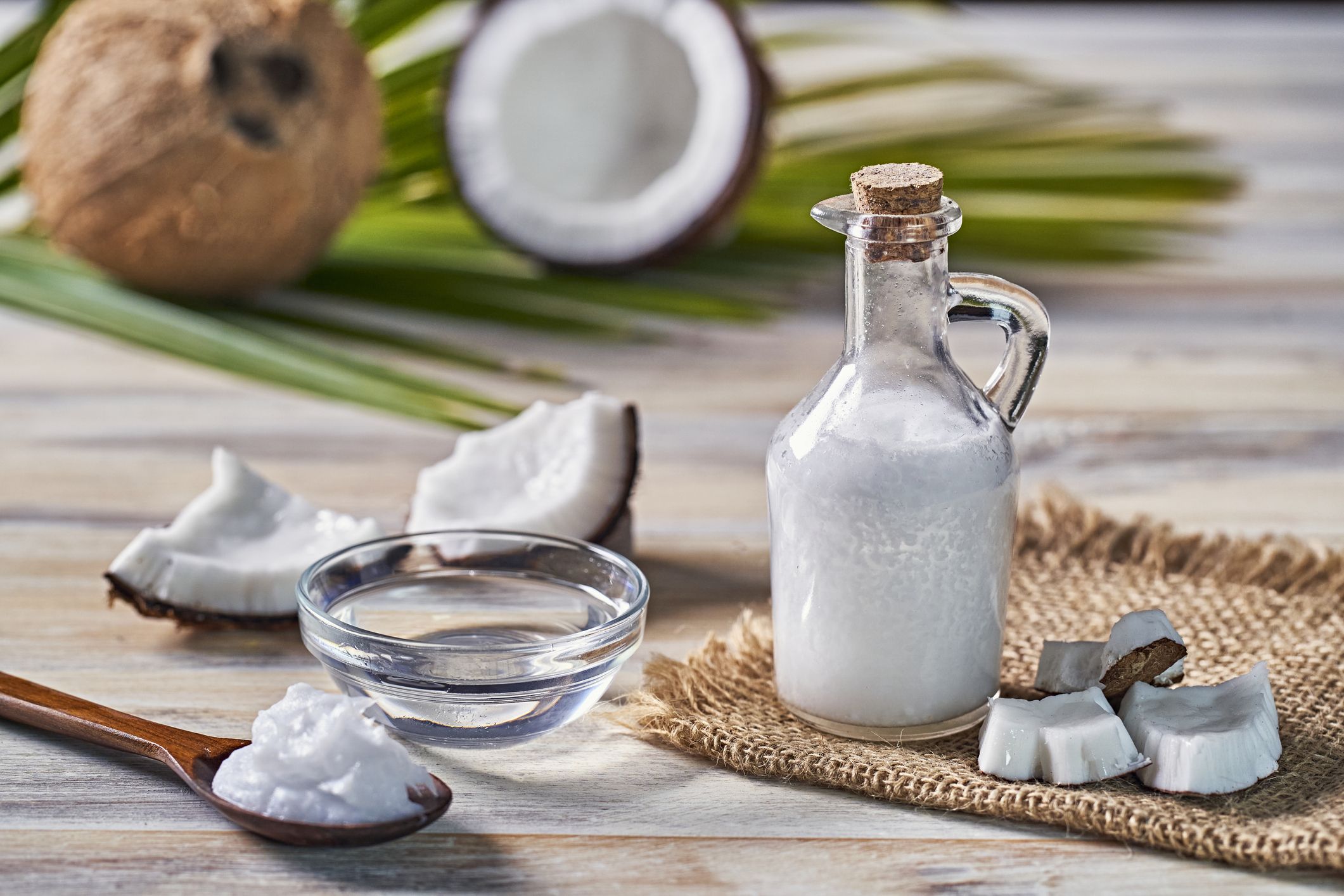
© Getty Images
1. Coconut oil
Cold-pressed and unrefined, coconut oil is becoming more common in kitchens. With a medium smoke point of around 175C, organic virgin coconut oil is best used for baking, pan-frying, roasting, or sautéing. It has a soft and sweet aroma with a more pronounced coconut flavor, which may add a hint of sweetness to your recipes.
It's great for baked goods, but not so much for cooking unless the recipe calls for a taste of coconut undertones. If you don’t like the taste of coconut, opt for refined coconut oil instead. This has a higher smoke point.
Coconut oil, however, has a high level of saturated fat. Saturated fat increases LDL cholesterol (the bad kind), and has been associated with increased risk for heart disease and diabetes, reports Harvard Health.
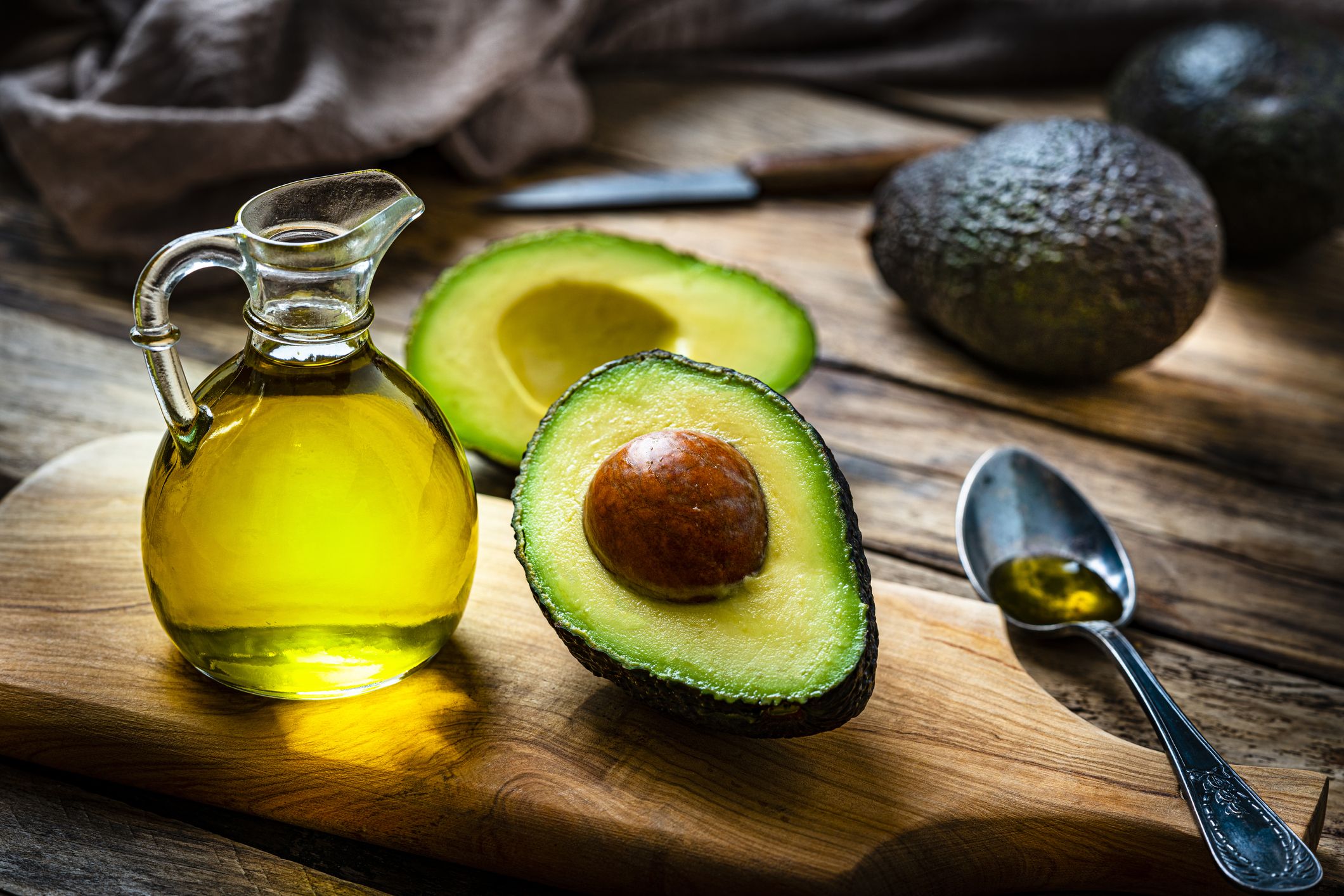
© Getty Images
2. Avocado oil
Avocado oil is an incredibly versatile cooking oil. With a light, nutty flavor, avocado oil makes a great addition to any homemade salad or salad dressing.
Refined avocado oil has a high smoke point of around 270C, which makes it the best in pan cooking where temperatures can really heat up. This means when it comes to things like frying, searing, or stir-frying, avocado oil is an excellent choice.
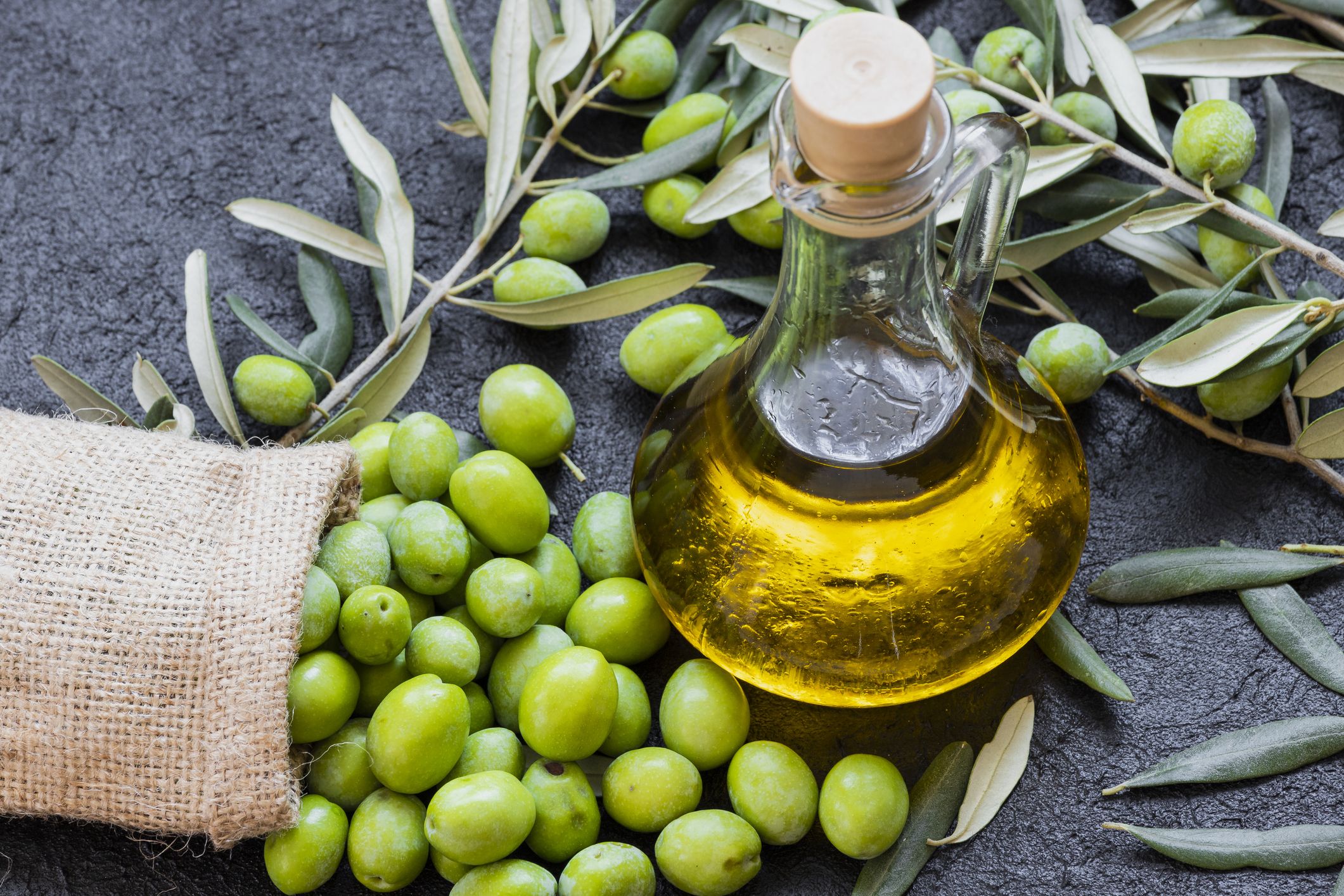
© Getty Images
3. Extra virgin olive oil
Cold-pressed to retain its full flavour, extra virgin olive oil is a pantry staple. Most popular to use in dips, salad dressings, and on salads, EVOO has a medium smoke point of 160-190C, so it shouldn't be used for high-temperature frying, but other cooking methods are okay.
Plus, olive oil is good for you. One study published in the Journal of the American College of Cardiology found that swapping saturated fats, like butter, mayonnaise, and dairy fat, for olive oil could lower your risk of death from heart disease, cancer and brain disease like Alzheimer’s.
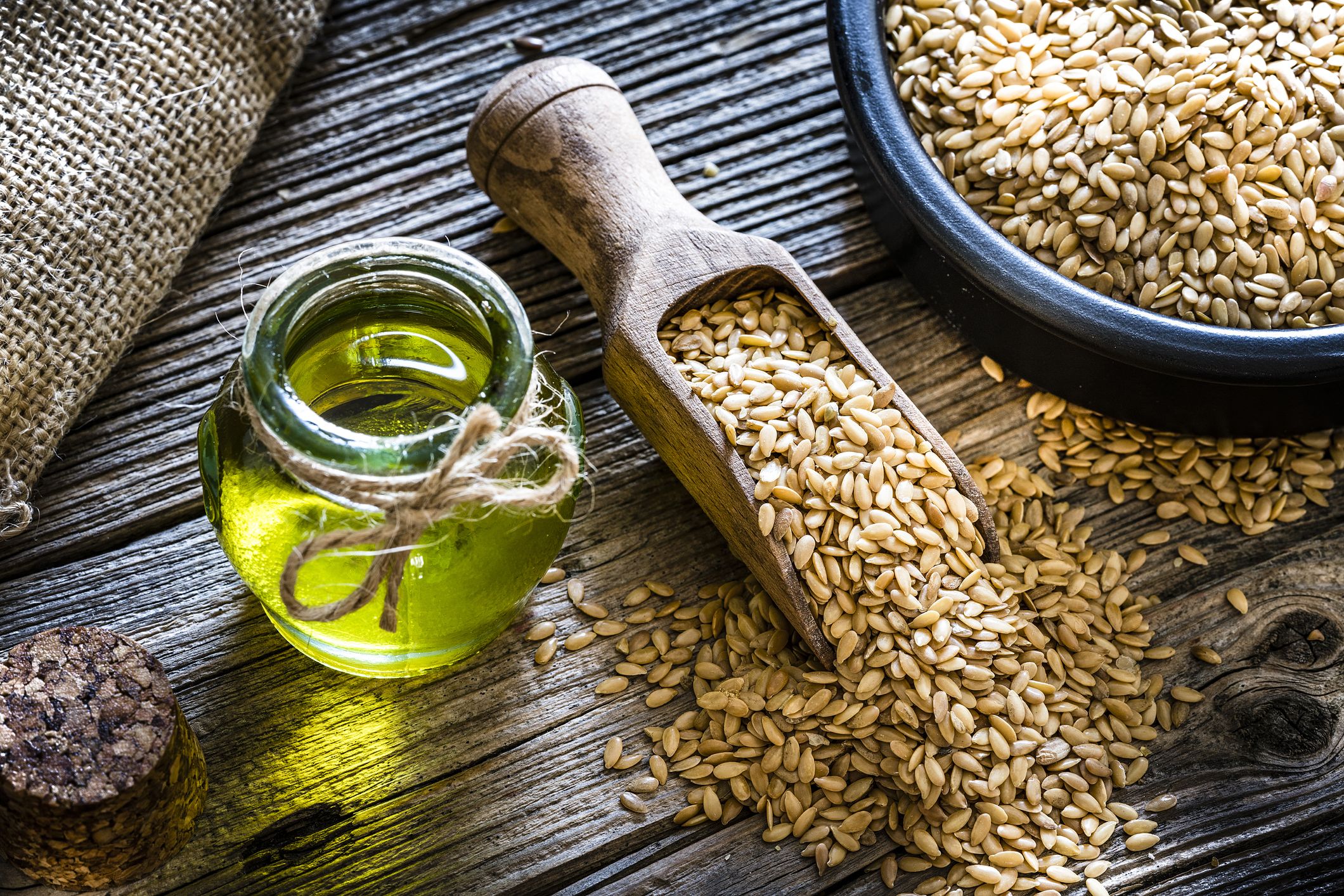
© Getty Images
4. Flaxseed oil
Flaxseed oil is highly unstable, which is why it is best to only consume or use raw.
What does highly unstable mean anyway? According to Food Science and Nutrition, “Flaxseed oil is highly susceptible to oxidation due to its highly linolenic (18:3) and linoleic (18:2) fatty acids content,” and we want to avoid oxidation. That means flaxseed oil should mostly be enjoyed raw. Cue the salads and salad dressings! Flaxseed oil is best stored in the refrigerator in a dark glass jar.
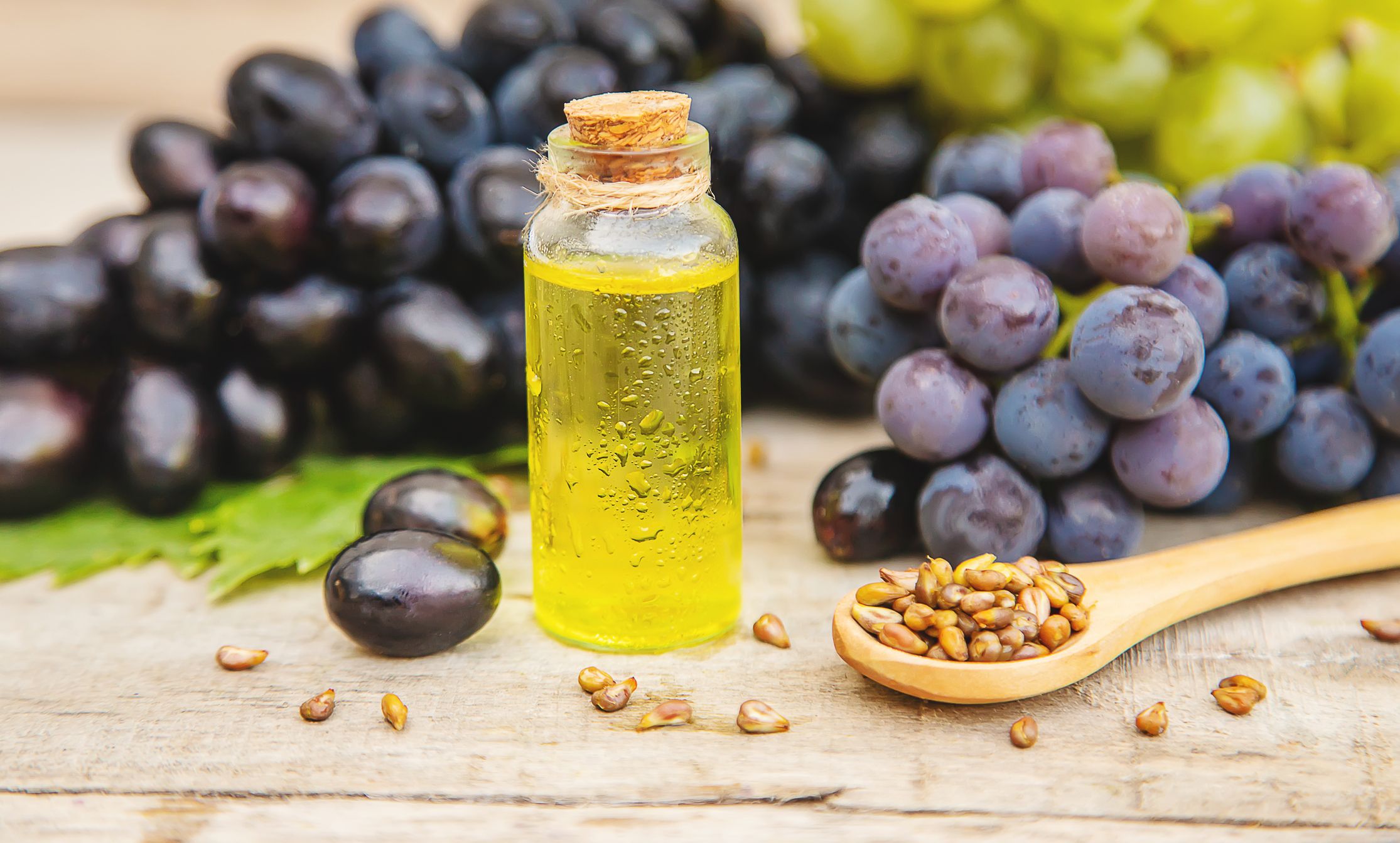
© Getty Images
5. Grapeseed oil
According to Harvard Health, grapeseed oil is a sturdy oil good for roasting, sautéing, and stir-frying. It is also a neutral oil that will not overpower food when using it in recipes.
Refined grapeseed oil has a moderately high smoke point of around 215C.

© Getty Images
6. Macadamia nut oil
If you love macadamia nuts, then you may enjoy baking or cooking with macadamia nut oil. It has a medium smoke point of 200C. Similar to avocado oil, macadamia nut oil offers a lovely nutty flavor and is ideal in salads or for low-temperature cooking like sautéing and stir-frying. For baking, it will lend an added touch of nutty goodness that's very subtle and not too strong.
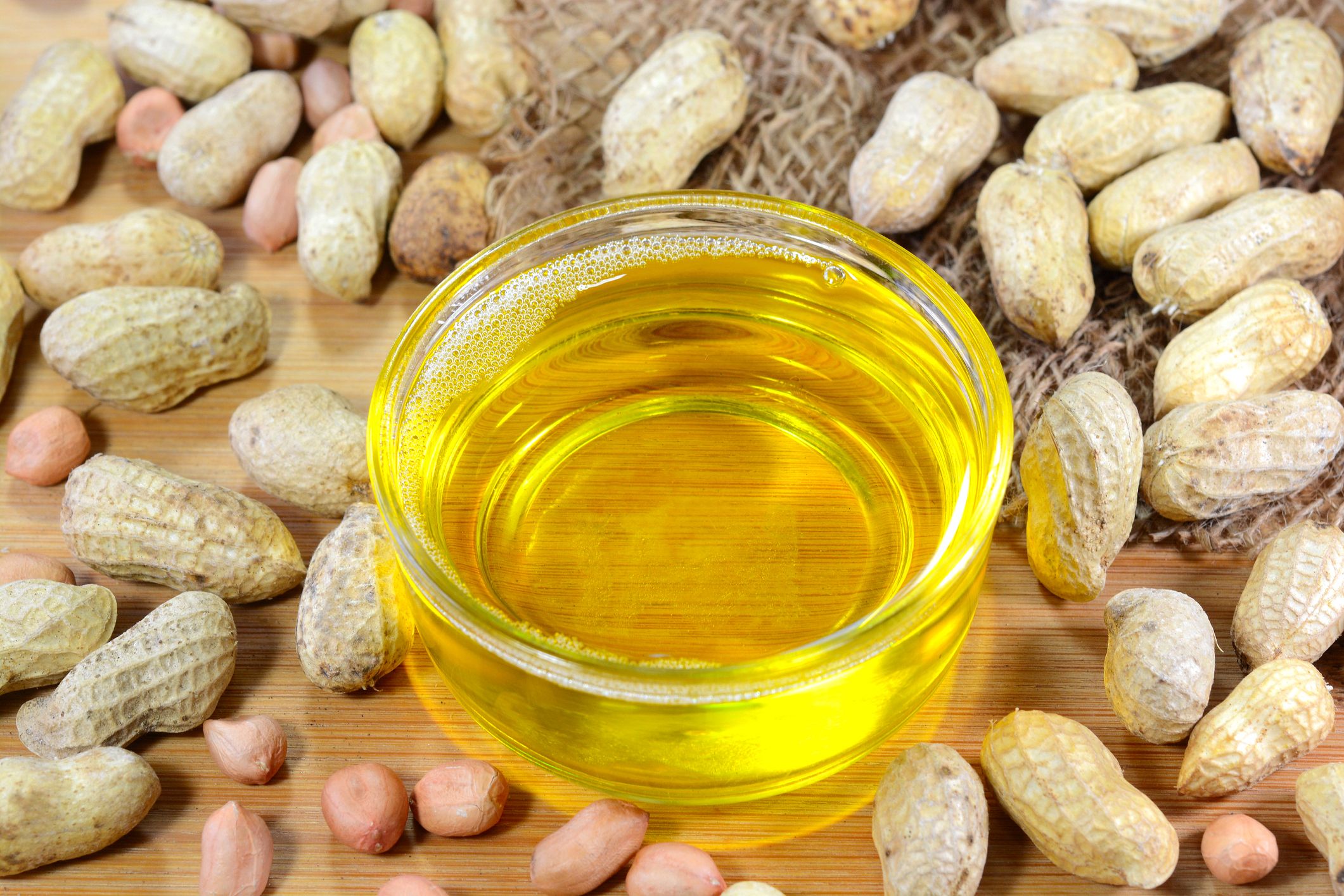
© Getty Images
7. Peanut oil
According to Harvard Health, peanut oil is another one of those sturdy oils good for roasting, sautéing, and stir-frying. Most often used in frying, peanut oil is a great option for Asian cuisine as it provides a mildly nutty flavour to dishes.
Refined peanut oil has a smoke point of around 225C.

© Getty Images
8. Sesame oil
According to Harvard Health, sesame oil has a low smoke point, which means it can lose its flavour and structure rather quickly at a high heat. This means it is better for drizzling on food or using it in a salad dressing. Sesame oil is often used in Asian dishes.
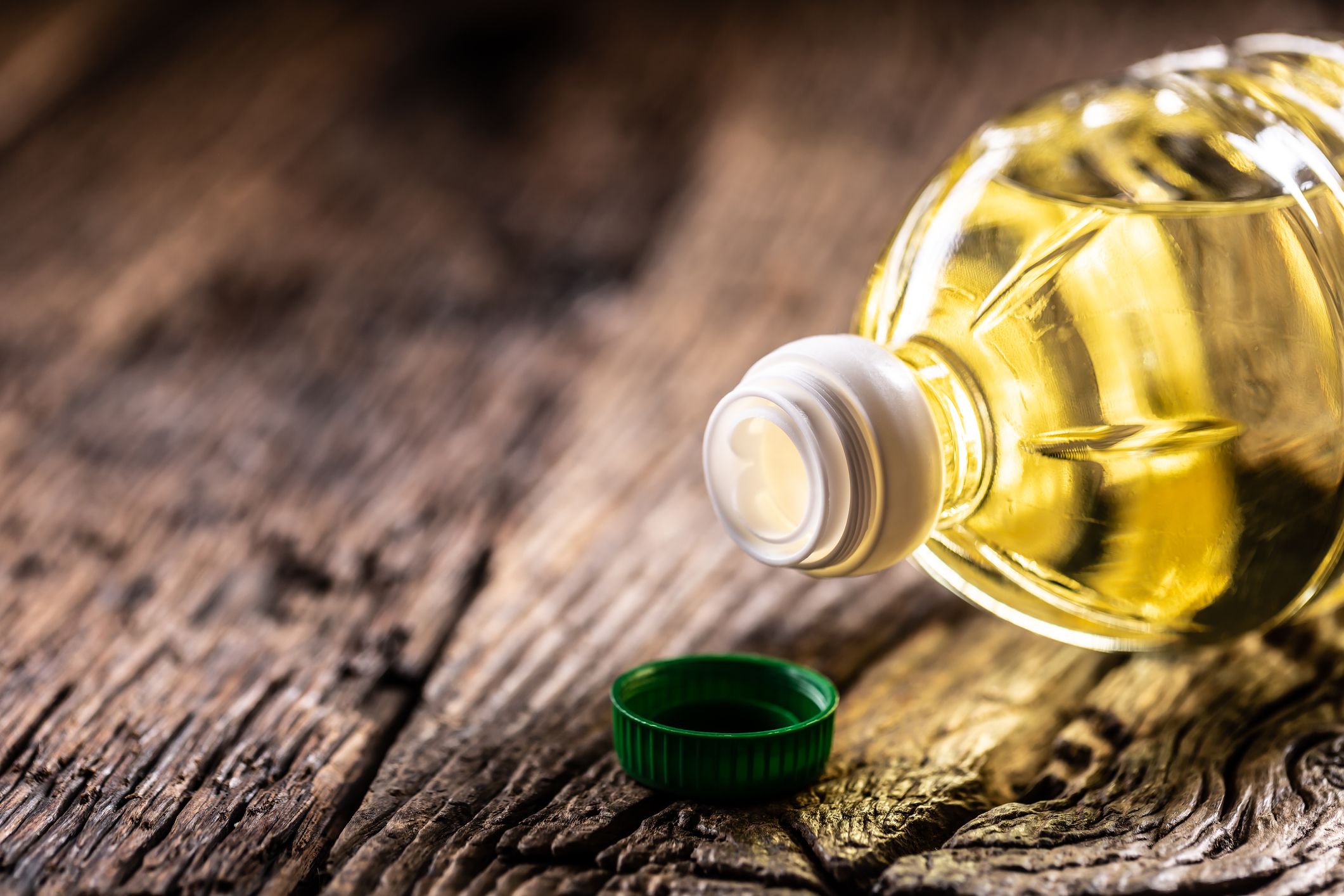
© Getty Images
9. Sunflower Oil
Refined sunflower oil has a high smoke point of 225C.
However, it’s more prone to producing damaging properties called aldehydes, regardless of the cooking method used. This means it's best to use it in low-heat cooking methods.
With a mild flavour, sunflower oil can even be used for homemade salad dressings.





.jpg&h=193&w=250&c=1&s=1)



